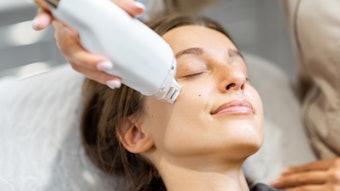
Research has revealed that a combination of elevated symptoms of depression paired with modifications in the genes responsible for dopamine activity influence an addiction to indoor tanning. This research, conducted by Georgetown Lombardi Comprehensive Cancer Center, was published on June 11, 2019, in the journal of Annals of Behanioral Medicine.
Testing Out Tanning
The researchers used a community sample of 292 women aged 18 to 30 years old who had indoor tanned in the past year either through tanning beds, sunlamps or sun booths. This study had the women answer questions about their values and behaviors to assess if there were any qualities that would predispose someone to a tanning addiction. The women were also asked a series of questions to see whether they showed any signs or symptoms of depression.
DNA samples were also gathered to look for 34 single nucleotide polymorphisms (SNPs) in five different genes. The SNPs that the researchers were looking at were known to be related to pathways that award addictive behavior. The researchers adjusted their analyses on the information based on indoor tanning frequency, value of appearance and depressive symptoms.
The Faux-tan Conclusion
Researchers did not find any SNPs associated with a tanning addiction in univariate analyses after multiplicity adjustment, but in multivariable analyses that adjusted for indoor tanning frequency, value of appearance and depression symptoms, researchers found that the dopamine receptor gene were associated with increased odds of indoor tanning addiction.Variant SNP genotypes also interacted with depressive symptoms to increase the risk of indoor tanning addiction.
"By demonstrating that genes in behavioral reward pathways are associated with tanning addiction, we are providing stronger evidence that tanning addiction is a cancer risk behavior in need of intervention," says lead author Darren Mays, PhD, MPH, an associate professor of oncology and member of the Cancer Prevention and Control Program at Georgetown Lombardi in an interview with ScienceDaily.










